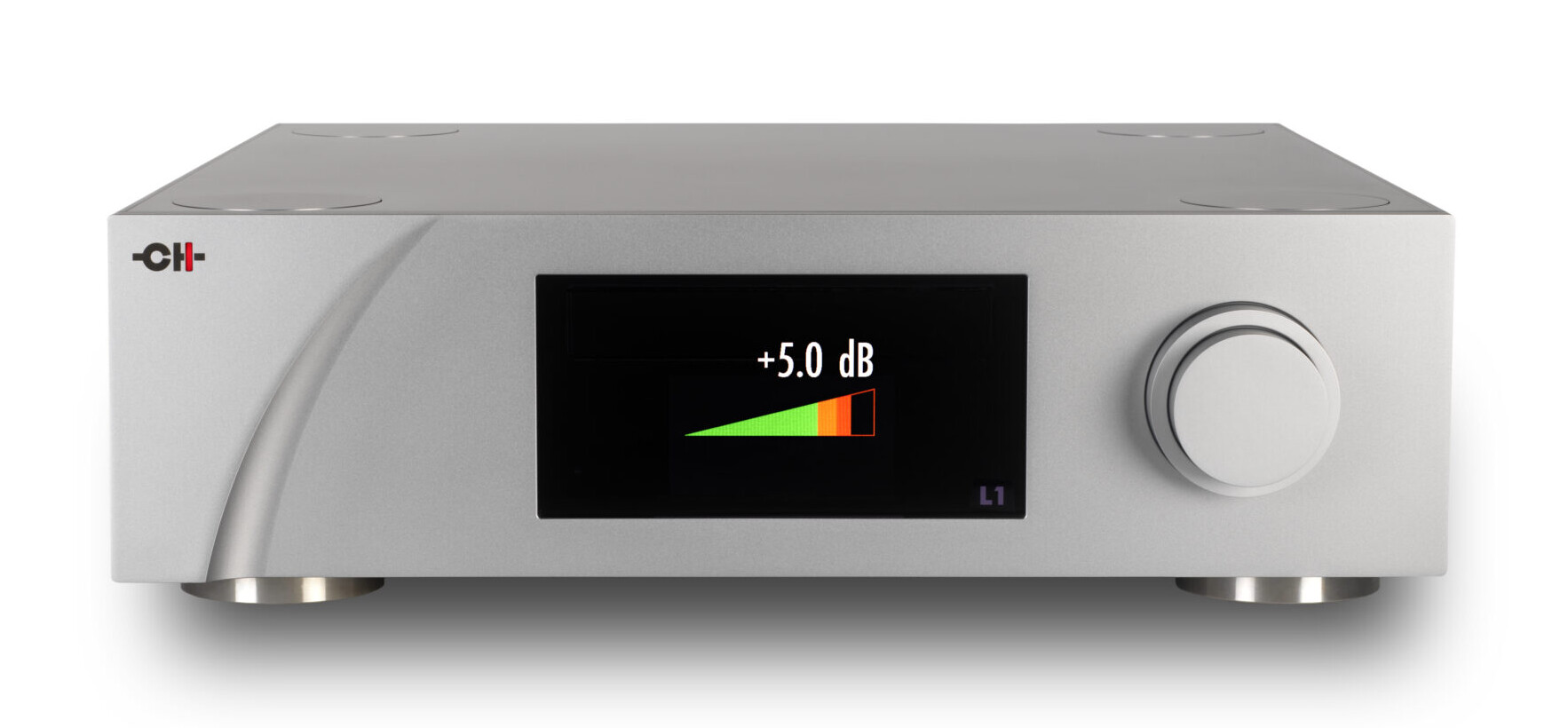It used to be a truism – or at least a safe assumption – that a solid-state system would generate a cold sterile sound, lacking the warmth and intimacy of a good, tubed system. Debussy’s Three Nocturnes has long been one of my favorite classical compositions, but many of the recorded versions suffer from an ear burning top-end. Deutsche Grammophon’s The Original Source re-issue of Claudio Abbado’s performance with the Boston Symphony Orchestra is a case in point. Although The Original Source mastering improves on the original pressings, it is still pretty hot to handle. Even with my tubed equipment in the chain, it seems just a wee bit tipped up, but the CH Precision equipment nailed the sound perfectly. Similar, but more subtle improvements are obvious with the Anne-Sophie Mutter and Pablo Ferrandez performance of the Brahms Double Concerto, the CH amps generating just enough extra warmth to clearly identify and accentuate the personality of the soloists, better than in previous listening, both on vinyl and CD. Ferrández particularly enjoyed the increased resolution – you are more aware of the rosin on the bow, the texture of its passage across the strings, the bodies of the instruments. You really can’t judge this book by its cover. This clean looking, very Swiss, very hi-tech, very solid-state equipment sounds more tube-like than tubes. Or to put it another way, it does those things that tubes do, but it does them better. Like the smaller CH equipment that passed through my earlier system, there was nothing cold or hard about the sound of this amplification. Indeed, even playing really difficult material, even with my now more demanding speakers, it seemed impossible to provoke or disturb the equanimity of this CH equipment. Even more than its smaller siblings, the L1/X1/M1.1 is devoid of the hard, cold sound that has long been, and in many cases, still is associated with solid-state designs. Instead, it has successfully married traditional solid-state strengths to the strengths of the best tube equipment.

At the end of the day, what does this step up in amplifier performance mean in terms of my enjoyment of the musical reproduction? I listen to and collect a lot of violin-based music. Recently, listening to an historic recording of Heifetz, re-issued by Impex Records (The Lark Impex 6052) it dawned on me that what this gear was doing for my system was making the identity of the person performing much more obvious, better delineating the personality and technique of the soloist. Heifetz may never have sounded better on record, and that is all down to Impex. But he has never sounded more like Heifetz (and not like Mütter, Kopatchinskaja or Batiashvili) than when played through the CH Precision power trio. The L1/X1/M1.1 combination seems to embrace the individual personality of each of these artists. Some systems grasp some of these musical and technical nuances, some of the time. Most simply muddle through. The CH doesn’t just resolve and preserve them, it fits them into a meaningful whole. It is these little sonic clues that tip you off, that reveal who is wielding the bow, how good they really are, whether they were on a good or a bad day and whether their name fewer than five syllables.
Looking forward, looking up…
Back when the high-end was young, when the internet was a figment of science fiction writers’ imagination, when audiophile magazines were identifiable by their small, digest size and committed readership, tubes still ruled and young audiophiles fanaticized about one day owning Audio Research or Conrad Johnson gear.

